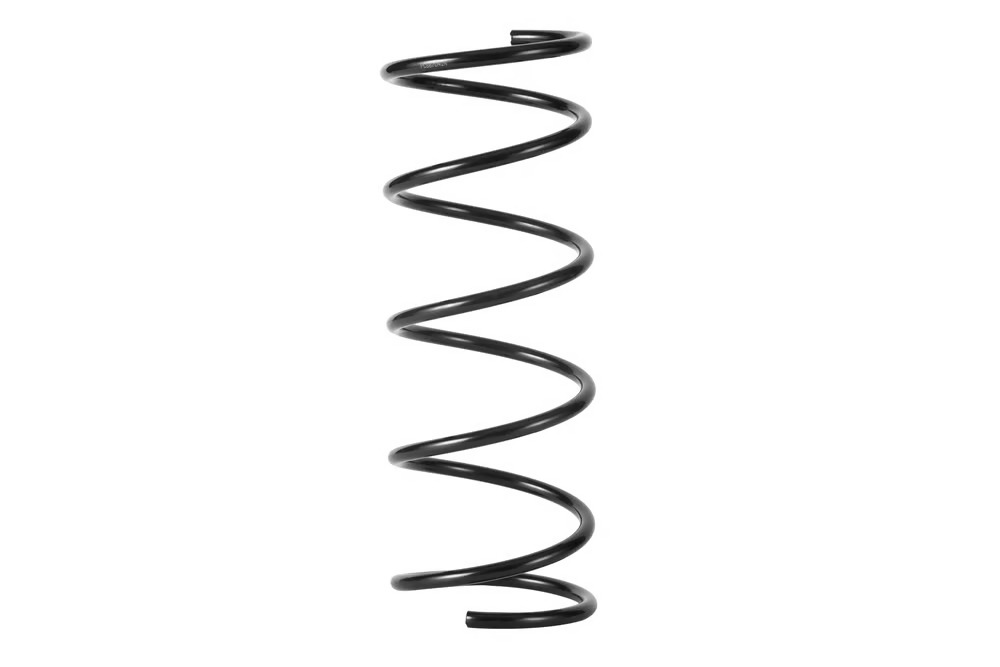The Basics of Air Suspension Springs
When it comes to vehicle suspension, air suspension springs play a crucial role in providing a smooth and comfortable ride. These innovative components are designed to support the weight of the vehicle and absorb road shocks, ensuring optimal performance and safety. In this article, we will explore the various aspects of air suspension springs, from their construction and function to their benefits and maintenance.
The Construction and Function of Air Suspension Springs
Air suspension springs are typically made of durable rubber or synthetic materials that can withstand heavy loads and extreme conditions. These springs are inflated with compressed air, which allows them to adjust to different road conditions and vehicle loads. By varying the air pressure inside the springs, the suspension system can adapt to changes in weight distribution, providing a smooth and controlled ride.
The Benefits of Air Suspension Springs
1. Improved Ride Quality: Air suspension springs offer superior comfort and ride quality compared to traditional coil springs. The adjustable air pressure allows for precise tuning of the suspension system, resulting in a smoother and more comfortable ride.
2. Enhanced Towing and Hauling Capability: Air suspension springs can be adjusted to compensate for additional weight, making them ideal for towing or hauling heavy loads. By maintaining the proper ride height and preventing sagging, these springs improve stability and control.
3. Leveling Capability: One of the key advantages of air suspension springs is their ability to level the vehicle, even when carrying uneven loads. This ensures that the vehicle remains balanced and prevents excessive strain on certain components, such as tires and brakes.
4. Improved Handling and Stability: Air suspension springs provide better handling and stability by reducing body roll and maintaining consistent contact between the tires and the road surface. This is especially beneficial during cornering and maneuvering at high speeds.
Maintenance and Care for Air Suspension Springs
While air suspension springs offer numerous advantages, proper maintenance is crucial to ensure their longevity and performance. Here are some essential tips for maintaining and caring for your air suspension springs:
1. Regular Inspections: Inspect the air suspension springs for any signs of damage, such as cracks, leaks, or excessive wear. Addressing these issues promptly can prevent further damage and maintain optimal performance.
2. Check Air Pressure: Regularly check the air pressure in the springs and adjust it according to the manufacturer's recommendations. Incorrect air pressure can affect the ride quality and stability of the vehicle.
3. Avoid Overloading: Be mindful of the weight limits specified by the vehicle manufacturer. Overloading the vehicle can put excessive strain on the air suspension springs and other components, leading to premature failure.
4. Clean and Protect: Keep the air suspension springs clean and free from dirt, debris, and corrosive substances. Regularly wash the springs and apply a protective coating to prevent corrosion and extend their lifespan.
Common Issues with Air Suspension Springs
While air suspension springs are reliable and durable, they can experience certain issues over time. Here are some common problems associated with air suspension springs:
1. Air Leaks: Air leaks can cause the suspension system to lose pressure, resulting in reduced ride quality and uneven vehicle height. It is important to promptly address any air leaks and repair or replace the affected components.
2. Suspension Sagging: If the air suspension springs fail to maintain the proper ride height, the vehicle may experience sagging. This can lead to handling issues, tire wear, and increased strain on other suspension components.
3. Electrical Malfunctions: Some air suspension systems are equipped with electronic controls and sensors. Electrical malfunctions can disrupt the proper functioning of the system, leading to ride quality issues and potential safety concerns.
4. Premature Wear: Excessive loading, rough road conditions, and inadequate maintenance can contribute to premature wear of air suspension springs. Regular inspections and proper care can help identify and prevent potential issues.
Conclusion
Air suspension springs are a vital component of modern vehicle suspension systems. Their ability to adjust to different loads and road conditions offers numerous benefits, including improved ride quality, towing capability, and handling. By following proper maintenance and care practices, you can ensure the longevity and optimal performance of your air suspension springs. Regular inspections, checking air pressure, avoiding overloading, and keeping the springs clean are essential for maintaining a safe and comfortable driving experience.

